Customer Advocacy strategy : Are you looking to create a customer advocacy strategy for your SaaS but unsure where to start?
If that’s the case, this article is just what you’re looking for!
You’ll discover what customer advocacy really means, how it can boost retention and other important metrics, and explore various types of customer advocacy programs and how to implement them.
Table of Contents
What is customer advocacy?
Customer advocacy occurs at a stage in the customer journey when satisfied, long-term users become champions of your product, sharing their positive experiences within their personal and professional networks.
Why are customer advocates important?
Customer advocates are an invaluable asset for any SaaS business.
First, they help boost your brand awareness and attract new customers. Word-of-mouth marketing tends to be far more cost-effective than other promotional channels.
Marketers also recognize it as one of the most effective methods. Potential customers are more likely to trust recommendations from someone they know rather than marketing content from the company itself.
This, combined with their loyalty and retention, fuels product growth.
Since product advocates are often highly engaged and experienced users, they can provide meaningful insights that drive product enhancements and innovation.
What is a customer advocacy program?
A customer advocacy program is a structured approach designed to leverage your happiest customers and transform them into loyal product and brand promoters.
Curious if your business needs one?
While satisfied users can naturally become advocates, this process is often unpredictable. Some will, others may not.
A formal program gives you more control, enabling you to actively nurture and encourage advocacy.
Types of customer advocacy programs
Organizations implement several types of customer advocacy programs to increase visibility and drive growth:
- Customer referral programs: Reward users with discounts, upgrades, extra credits, or even cash incentives for referring potential customers.
- Brand ambassador programs: Build a core group of highly loyal users who assist other users, create detailed reviews, and act as ambassadors for the product.
- User groups and community forums: Platforms where customers can interact, share best practices, and provide peer-to-peer support. These strengthen the community and deliver valuable user-generated feedback.
- Customer advisory boards: Selected customers provide strategic input to company leadership through regular meetings and consultations.
- Social sharing initiatives: Encourage users to promote your product via social media by sharing their experiences, which increases brand reach and credibility.
- Customer reviews and testimonials: Displayed on your website, social profiles, or third-party platforms, these rely on social proof to build trust with potential customers.
- Affiliate programs: Reward loyal customers with commissions for sales generated through referral links shared on blogs, websites, or newsletters.
Have you ever thought about what would happen if your happiest customers started doing your selling for you?

Turn passive satisfaction into active advocacy: at The SpinGage we build repeatable programs that convert delighted users into vocal champions who refer new customers, write persuasive testimonials, participate in case studies, and give product feedback that fuels continuous improvement.
A strong customer-advocacy strategy begins with clearly defined goals and measurable outcomes, then focuses on identifying power users, creating frictionless ways for them to share their experiences, and rewarding participation in ways that feel genuine — not transactional. We combine thoughtful onboarding, tailored education, in-product prompts, and dedicated engagement tracks (ambassador programs, referral incentives, advisory boards) to nurture relationships over time.
Beyond acquisition, advocacy improves retention, shortens sales cycles, and provides social proof that outperforms paid media. If you’re ready to design a program that scales advocacy without diluting authenticity, we’ll map the right touchpoints, incentives, and workflows for your audience and measure impact against real business metrics so every invested hour drives value.
Create Your Customer Advocacy Program — Start at The SpinGage
How to build a successful customer advocacy program
Here’s a concise guide to creating an effective customer advocacy program that will boost acquisition, reduce costs, strengthen loyalty, and increase lifetime value.
1 Set objectives
Like any strategy, your customer advocacy program needs clear goals to guide your actions and measure progress.
For instance, a solid objective could be: “Increase sales from referrals by 15% within six months.”
This goal follows the SMART framework—Specific, Measurable, Achievable, Relevant, and Time-bound.
2 Foster customer loyalty and satisfaction
How can you achieve this?
- Encourage continuous product exploration to uncover new opportunities and ensure the product consistently meets customer needs.
- Keep innovating to deliver added value and maintain a competitive edge.
- Implement a thorough onboarding process that guides users to achieve results quickly.
- Invest in customer education to help users maximize the product’s potential.
- Provide self-service in-app support and empower your customer service team to go the extra mile.
This guide will help you understand what customer advocacy is, how it boosts retention and other key metrics, explore different types of advocacy programs, and show you how to build them effectively.
Let’s dive in!
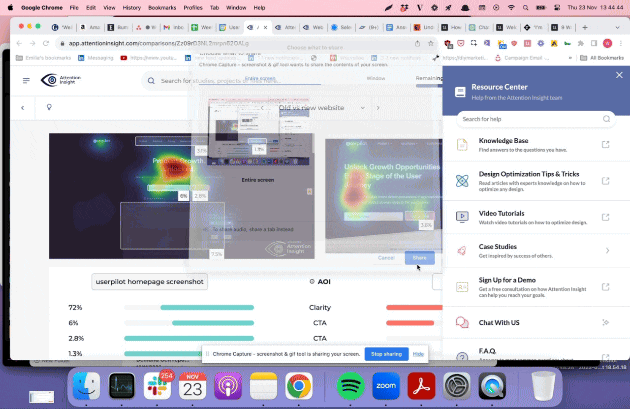
3. Build lasting customer relationships
Building lasting relationships with customers is crucial for the success of your customer advocacy initiatives.
How can you do it?
- Personalize customer experience to better address customer needs and demonstrate your commitment to their success.
- Allocate dedicated customer success managers who work together with customers to maximize product value in their unique circumstances and shape future product development.
- Host events and webinars that provide valuable content and networking opportunities.
- Create forums and user groups where customers can engage with each other, share resources, and seek assistance. It gives them a sense of belonging and strengthens their loyalty.
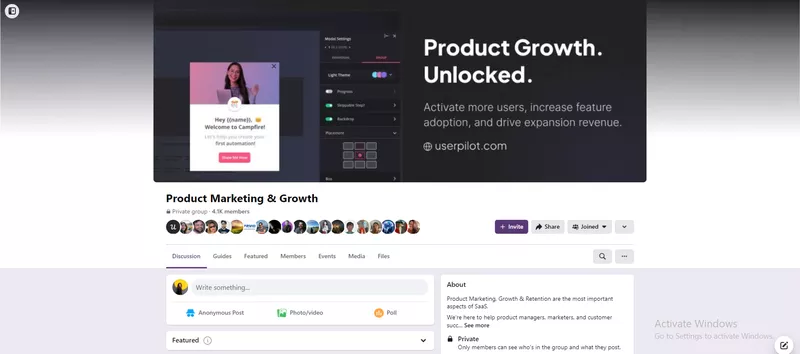
4. Implement customer loyalty programs
Customer loyalty programs recognize and reward customers for their ongoing engagement or repeated purchases. They encourage long-term retention, stronger engagement, and brand advocacy.
This could include:
- Tiered loyalty programs where benefits and rewards increase based on product usage or the length of time a customer has been with the brand.
- Access to exclusive content, resources, or communities that enrich the customer experience and provide added value.
- Early access and beta programs that reward loyal users while gathering their feedback on new features.
- Referral programs, such as the Airtable example, which offers customers $10 in credit for every successful referral.
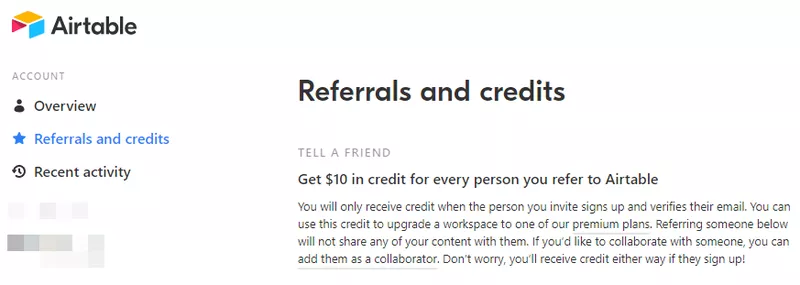
5. Identify power users
Power users are the most loyal and competent product users. They know the product, use it successfully to achieve their goals, and have a vested interest in supporting it. This makes them excellent product advocates.
What makes a power user depends on the product.
For example, it could be customers on a paid plan who have been using the product for a certain period and have renewed their subscription at least once. Or have used a certain range of features.

6. Collect customer feedback to identify potential advocates
Another way to identify product advocates is through customer feedback. In fact, that’s what NPS surveys measure.
They ask users how likely they are to recommend a product, on a scale from 1 to 10. A 9 or 10 makes the user a promoter.
Userpilot allows you to run the surveys and analyze the results automatically. You can use quantitative and qualitative responses to segment customers.

7. Turn them into a customer advocate with an inviting message
Once you identify your power users and promoters, use in-app messages to turn them into product champions. For instance, the message below encourages users to submit a G2 review.

Userpilot allows you to target very specific user segments with your in-app messages.
For example, in the image below, the message is sent to users who have used the web app at least 20 times and the last session was exactly 5 days ago.

8. Measure and improve your customer advocacy strategy
Implementing your strategy isn’t the end. You now need to track its performance and use the insights to further refine it.
You can evaluate your customer advocacy efforts by tracking your KPIs, like referrals or customer retention, and collecting user feedback.
Conclusion
A well-designed customer advocacy strategy drives customer acquisition and reinforces the loyalty of existing customers. Customers who recommend your product to their peers are less likely to churn because it would make them look inconsistent.



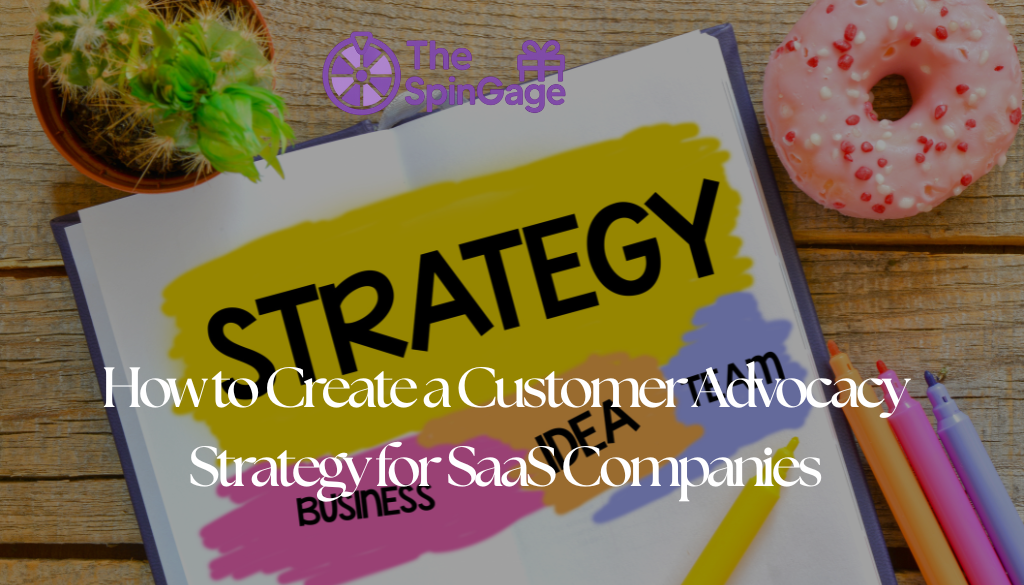


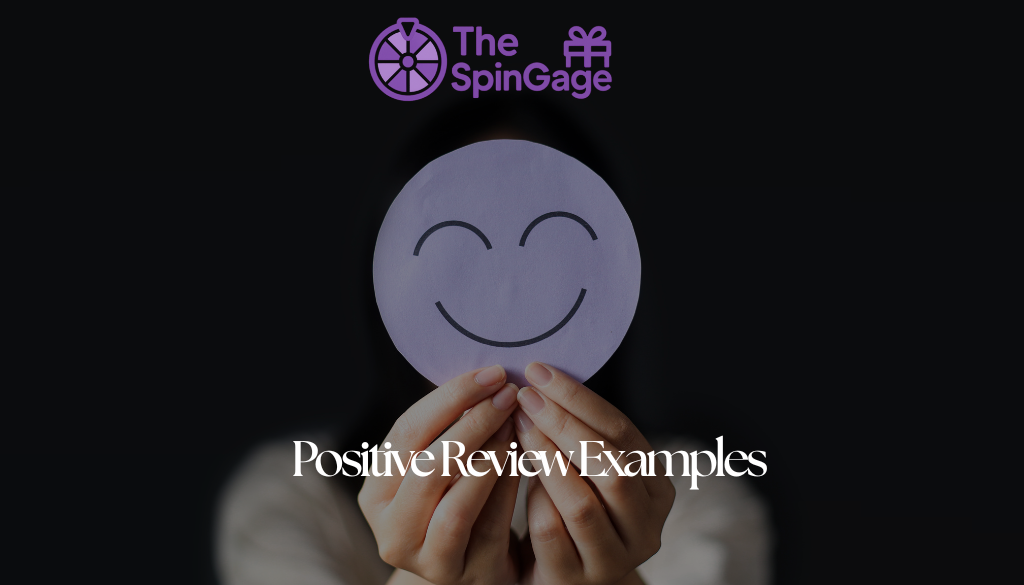
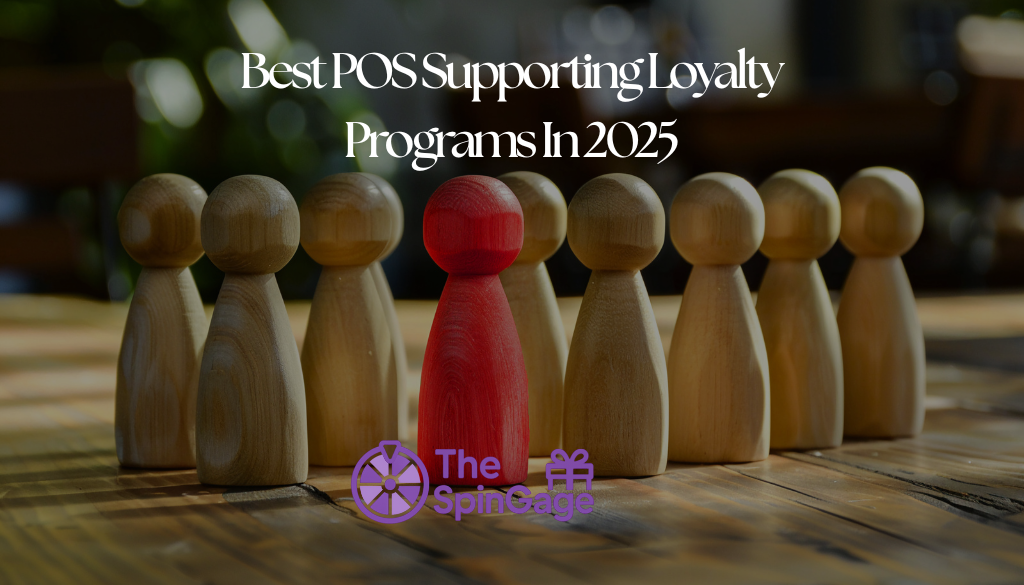
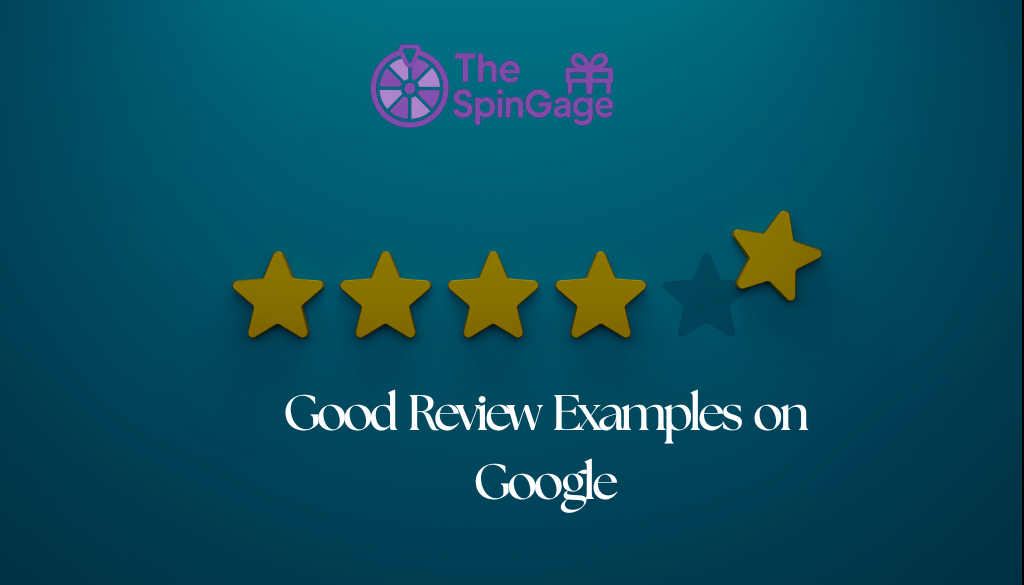

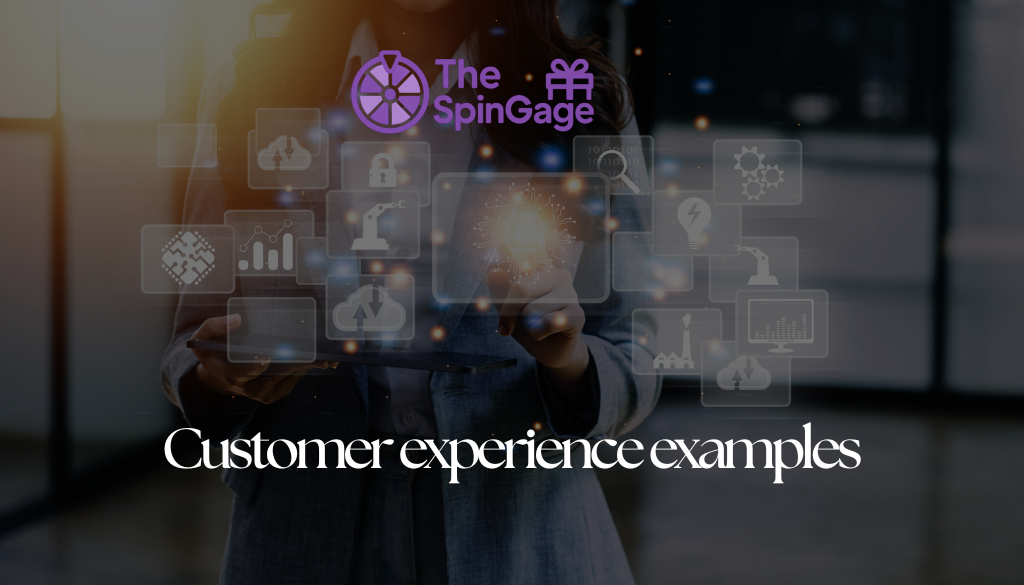

Leave a Reply